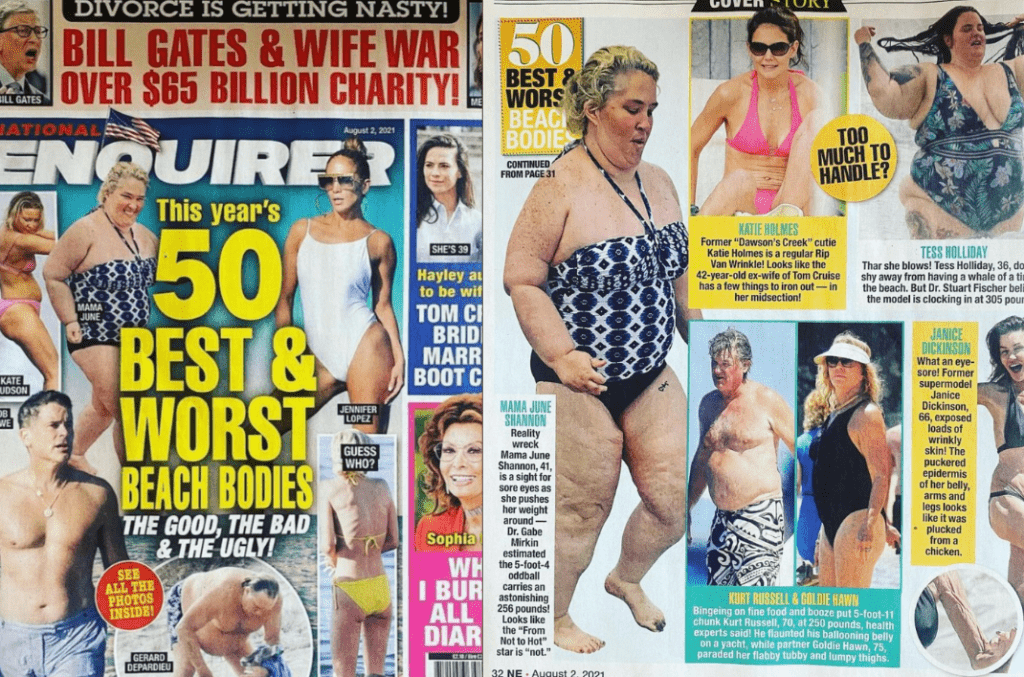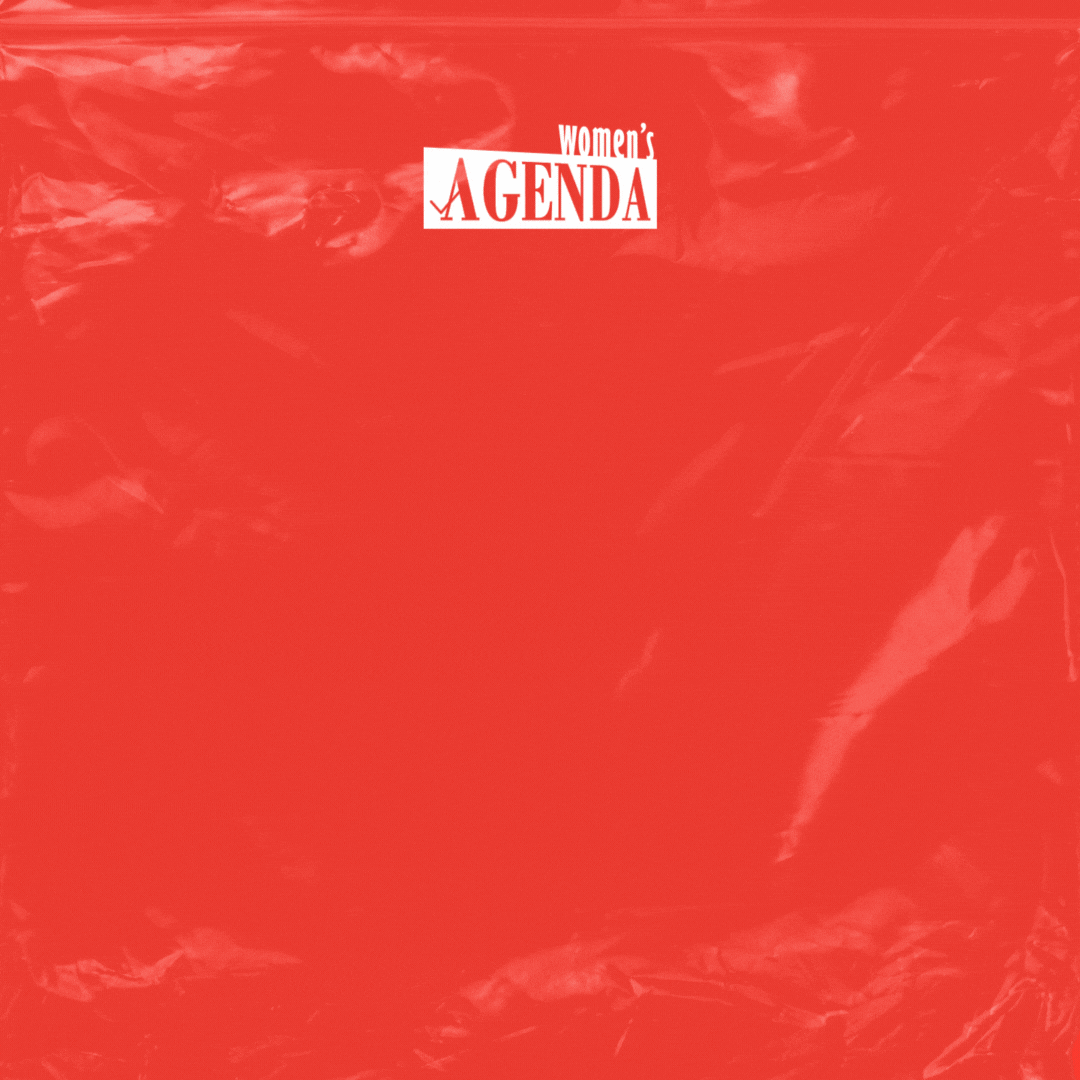My grandmother has always been a voracious consumer of gossip magazines. As a teenager, I would wander into her kitchen, grab the latest copy of ‘Who’ or ‘Women’s Day’ and rifle through the multiple stories about celebrity make-ups, break-ups and falls from grace with a cup of tea and Lamington.
“Worst beach bodies” or variants of this same headline were common. In fact, I can’t remember an edition ever celebrating women’s bodies, or indeed real achievement. They were always designed to make women (the core readership of such magazines) feel utterly shamed about their appearance and place in the world.
I’m sure, as an impressionable teenager, these headlines contributed to a number of unhealthy stereotypes I developed about women and myself– ones which would take subsequent years to challenge and destroy.
Thankfully, over the past decade in Australian publishing, I believe we’ve made significant strides. While outlets like the Daily Mail’s bread and butter is still to make women feel worthless, many other women’s magazines and digital platforms are trying new methods of engagement. Ones in which women’s successes are noted– not just their latest sexual exploits– and stories outing women for their weight are published with less venom and regularity.
In the UK however, this doesn’t appear to be the case.
The National Enquirer’s “50 best and worst beach bodies” was published last week, with a spread across Instagram to go with it.
The magazine’s front page was awash with celebrities; some of them toned to perfection, others resembling actual humans. The actual humans were, of course, tarred with the ‘worst bods’ brush.
Tess Holliday, an American plus-size model, author, and make-up artist based in Los Angeles was determined to be the worst of all. The caption next to a picture of Holliday enjoying a day at the beach read: “Thar she blows! Tess Holliday, 36, doesn’t shy away from having a whale of a time at the beach. But Dr Stuart Fischer believes the model is clocking in at 305 pounds!”
Former model, Janice Dickinson was shamed for exposing “loads of wrinkly skin! The puckered epidemis of her belly, arms and legs looks like it was plucked from a chicken.”
While 75 year-old actor, Goldie Hawn was accused of “bingeing on fine food and booze” and then “parading her flabby tummy and lumpy thighs”.
Seriously, I’m not kidding. This was actual content in a magazine published in 2021.
Tess Holliday slammed the magazine’s editors, calling the story “trash”.
“The media always acts shocked when “celebs” suffer mental health breakdowns but they continue to perpetuate unrealistic body standards & push toxic diet culture on us all,” she posted to Instagram. “Thank you @alexlight_ldn for bringing this to my attention, & if you are seeing this & you’re fat as hell or just have a body that isn’t chiseled & traditionally “hot” & wanna go to the MF beach or put on a swimsuit: DO IT.”
Fury across social media erupted overnight, with many calling on the editors responsible for the story to be sacked. Hundreds of women spoke out about their own internalised body shame at the hands of media and related mental health impacts; their accounts clearly in line with a new study from Texas A&M and North Dakota State University which shows that weight-based stigmatisation leads to increased suicide risk.
Fatphobia, bullying… we see the consequences of this on our children. We see lives lost prematurely and worlds shattered. Yet, we live in a world where certain outlets feel the need to keep the bullshit going. All in the name of clickbait and dollars, right?


